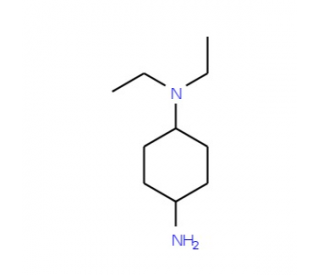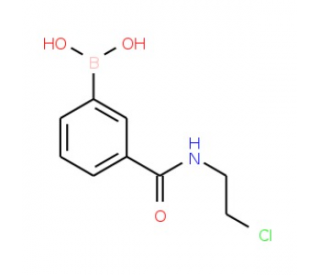详细说明
Species Reactivity
Human
Specificity
Detects human Iduronate 2-Sulfatase/IDS in direct ELISAs and Western blots. In direct ELISAs and Western blots, this antibody does not cross‑react with recombinant mouse Iduronate 2-Sulfatase/IDS.
Source
Monoclonal Mouse IgG 2B Clone # 331320
Purification
Protein A or G purified from hybridoma culture supernatant
Immunogen
Mouse myeloma cell line NS0-derived recombinant human Iduronate 2-Sulfatase/IDS
Ser26-Pro550
Accession # P22304Formulation
Lyophilized from a 0.2 μm filtered solution in PBS with Trehalose. *Small pack size (SP) is supplied as a 0.2 µm filtered solution in PBS.
Label
Unconjugated
Applications
Recommended
ConcentrationSample
Western Blot
1 µg/mL
Recombinant Human Iduronate 2-Sulfatase/IDS (Catalog # )
Please Note: Optimal dilutions should be determined by each laboratory for each application. are available in the Technical Information section on our website.
Preparation and Storage
Reconstitution
Reconstitute at 0.5 mg/mL in sterile PBS.
Shipping
The product is shipped at ambient temperature. Upon receipt, store it immediately at the temperature recommended below. *Small pack size (SP) is shipped with polar packs. Upon receipt, store it immediately at -20 to -70 °C
Stability & Storage
Use a manual defrost freezer and avoid repeated freeze-thaw cycles.
12 months from date of receipt, -20 to -70 °C as supplied.
1 month, 2 to 8 °C under sterile conditions after reconstitution.
6 months, -20 to -70 °C under sterile conditions after reconstitution.
Background: Iduronate 2-Sulfatase/IDS
As a member of the sulfatase family, IDS is required for the lysosomal degradation of the glycosaminoglycans (GAG) heparan sulfate and dermatan sulfate (2, 3). It hydrolyzes the 2-sulfate group of the L-iduronate 2-sulfate units of the GAG. The IDS deficiency results in mucopolysaccharidosis II (MPS II or Hunter syndrome), an X-linked inborn error leading to lysosomal accumulation of the GAG and its excretion in urine. MPS II has a wide spectrum of clinical manifestations ranging from mild to severe. The deduced amino acid sequence of human IDS consists of a signal peptide (residues 1 - 25), a pro peptide (residues 26 - 33) and a mature chain (residues 34 - 550) that may be further processed into the 42 kDa chain (residues 34 - 455) and the 14 kDa chain (residues 456 - 550) (1). Recombinant human IDS corresponds to the single chain and has sulfatase activity described above.
References:
Wilson, P.J. et al. (1990) Proc. Natl. Acad. Sci. USA 87:8531.
Parenti, G. et al. (1997) Curr. Opin. Genet. & Dev. 7:386.
Neufeld, E.F. and Muenzer, J. (2001) in The Metabolic and Molecular Basis of Inherited Disease, Scriver, C.R. et al. (eds.) pp. 3421 - 3452, New York, McGraw-Hill.
Entrez Gene IDs:
3423 (Human); 15931 (Mouse)
Alternate Names:
Alpha-L-iduronate sulfate sulfatase; EC 3.1.6.13; IDS; iduronate 2-sulfatase 14 kDa chain; iduronate 2-sulfatase 42 kDa chain; iduronate 2-sulfatase; idursulfase; MPS2; S; SIDS










 粤公网安备44196802000105号
粤公网安备44196802000105号